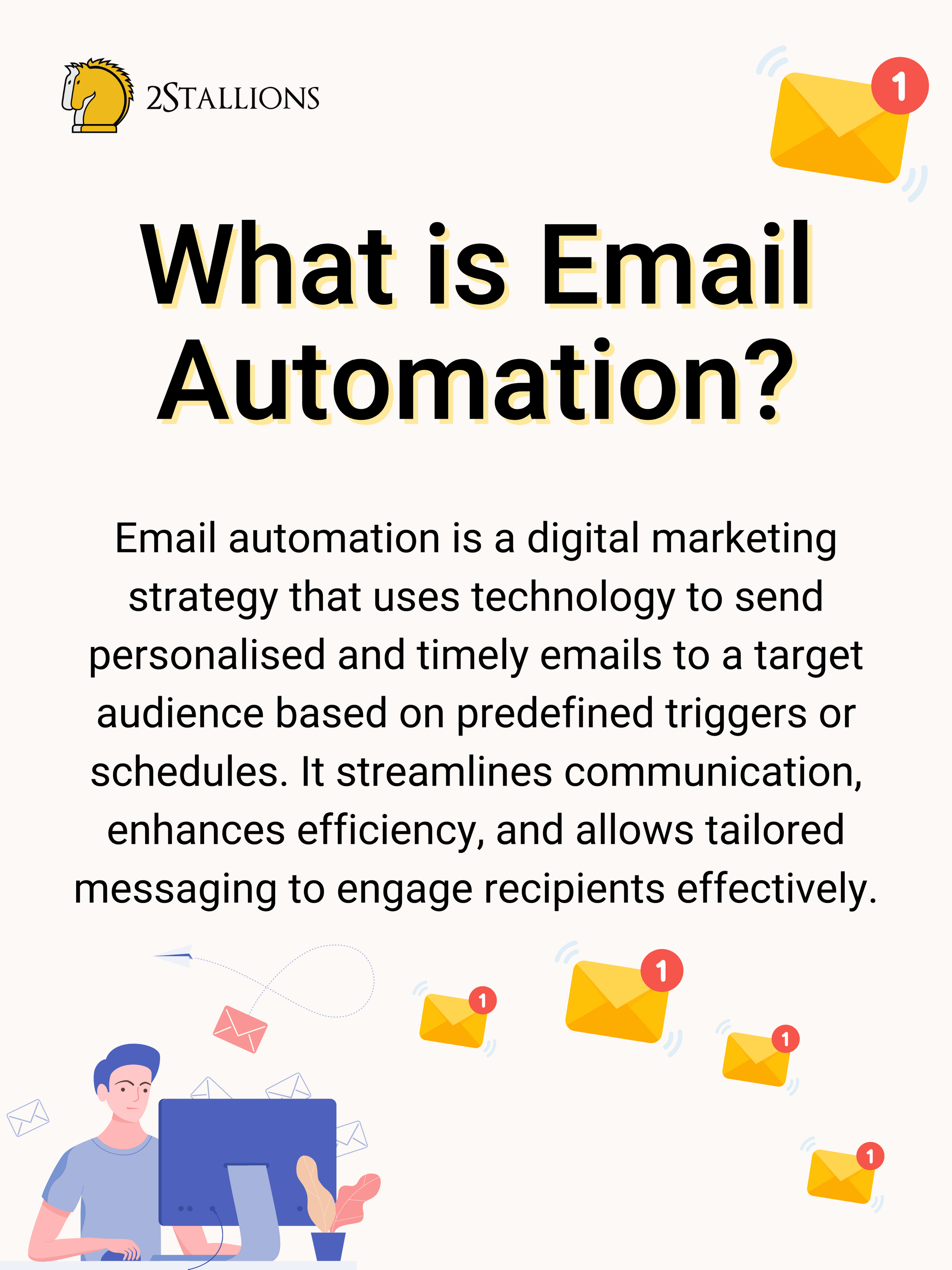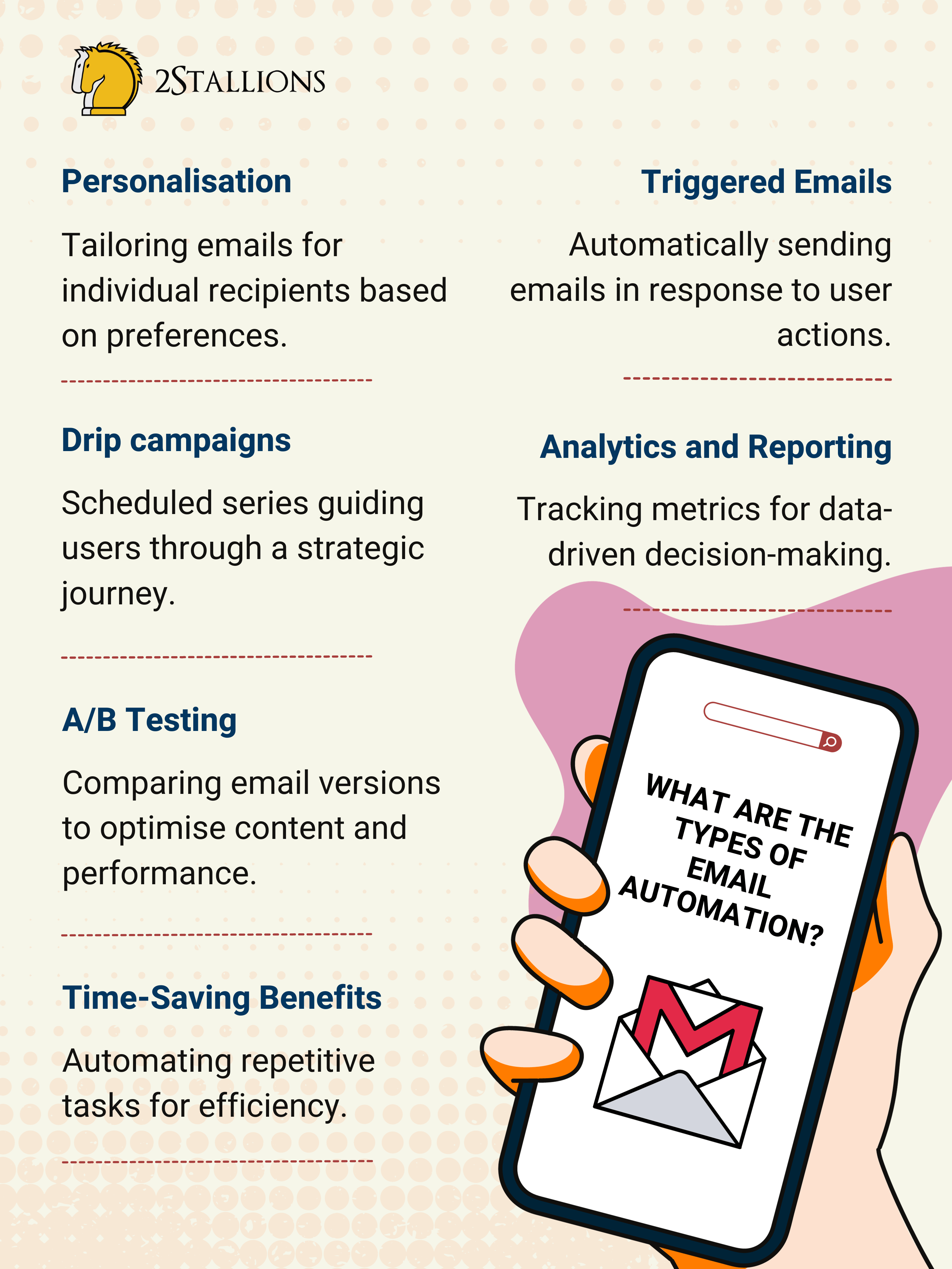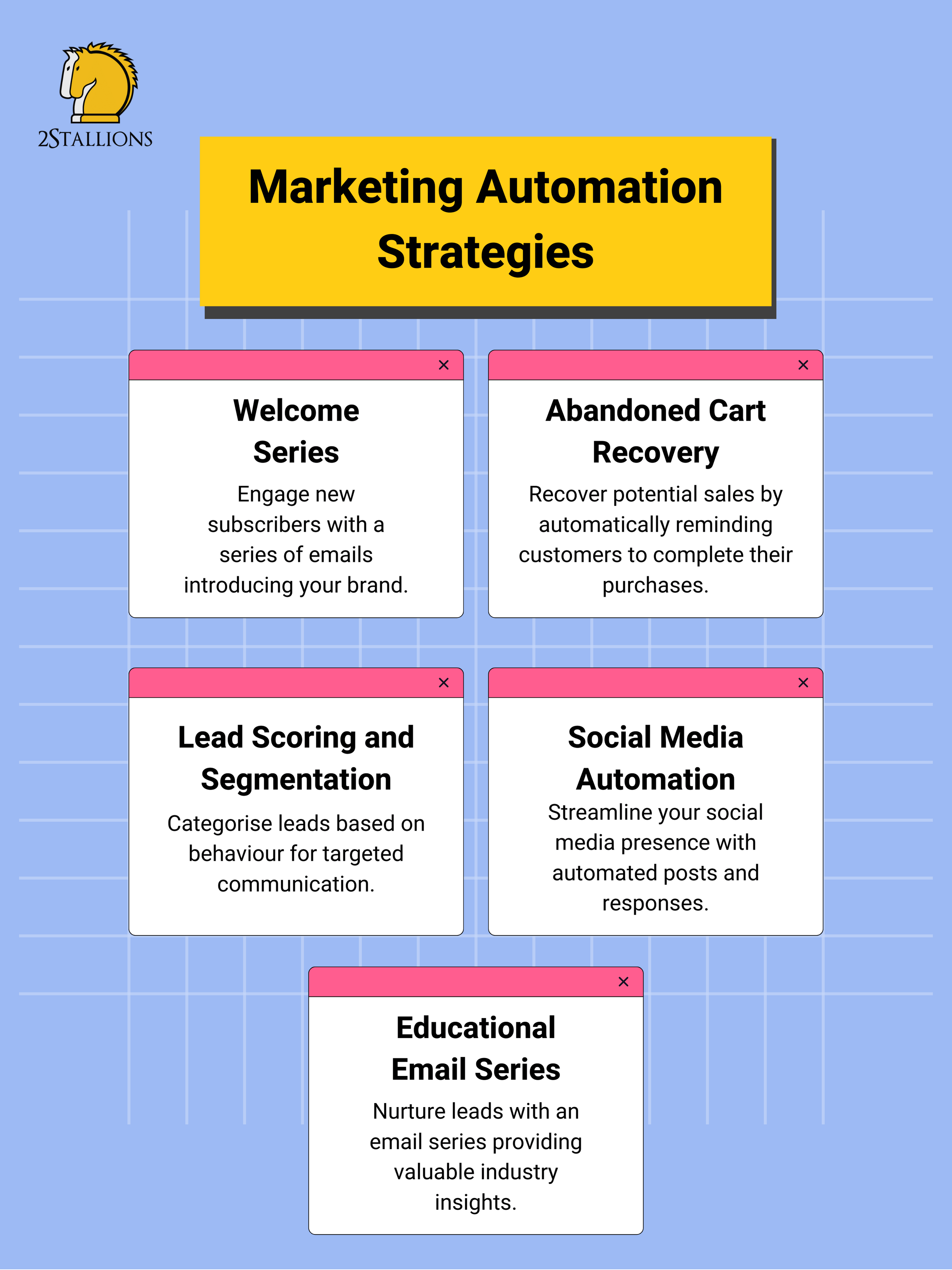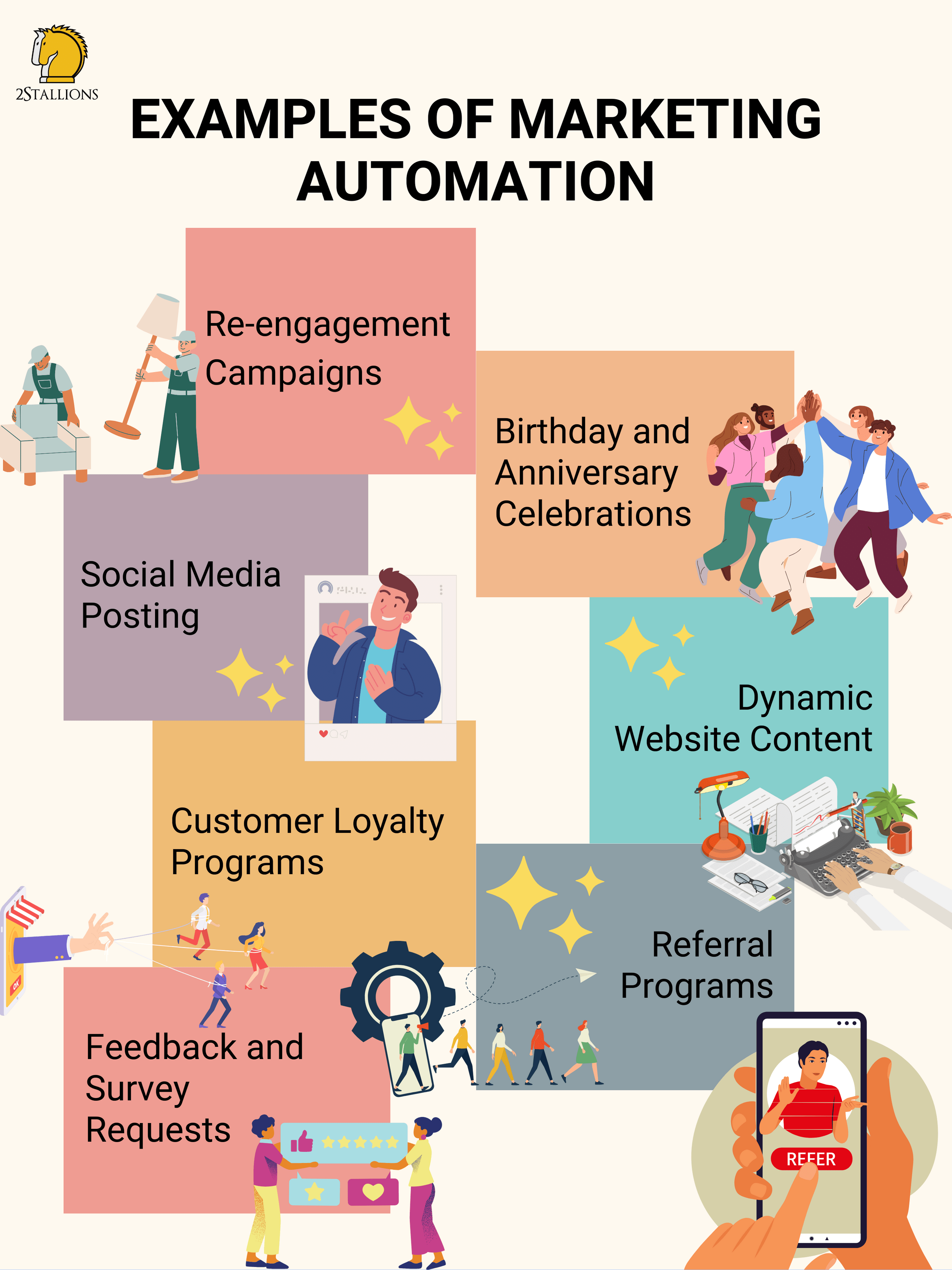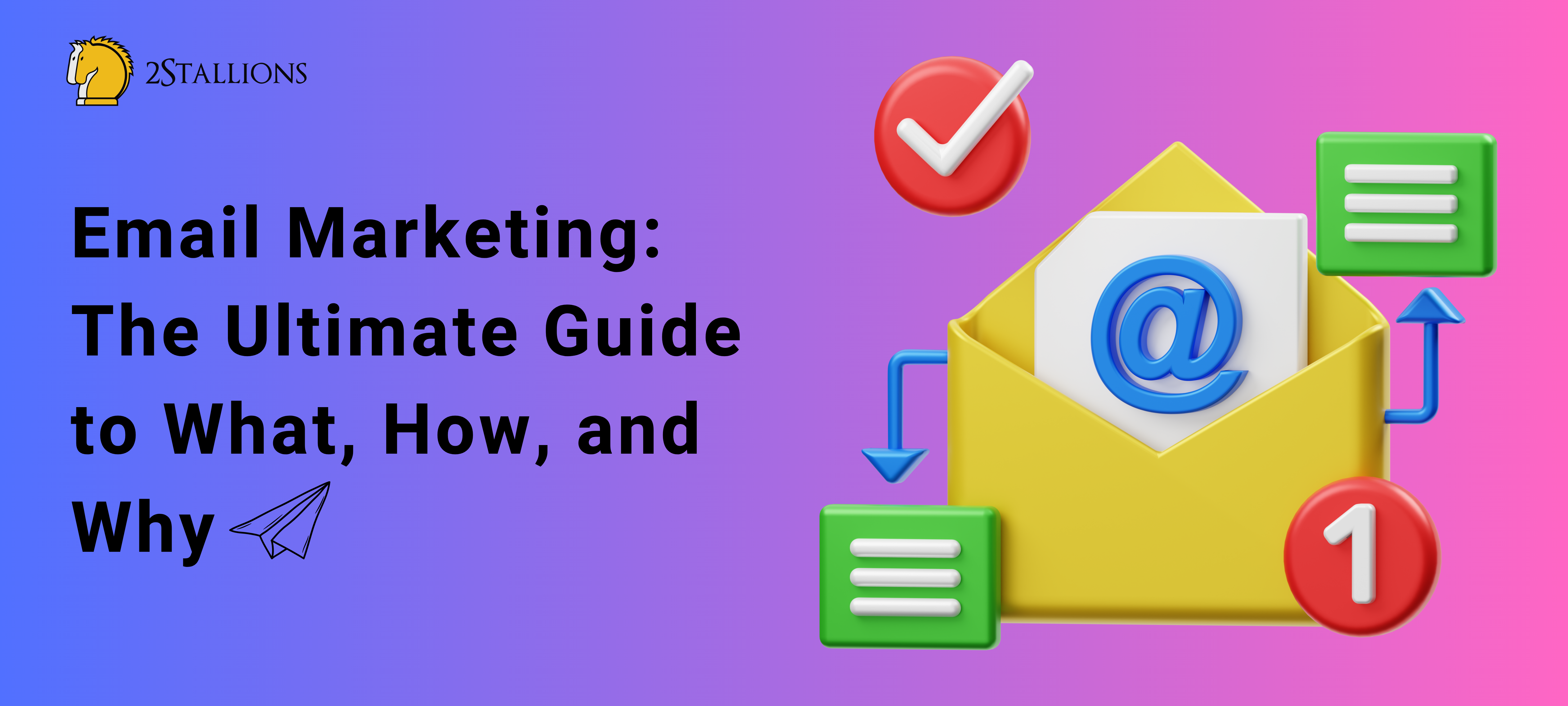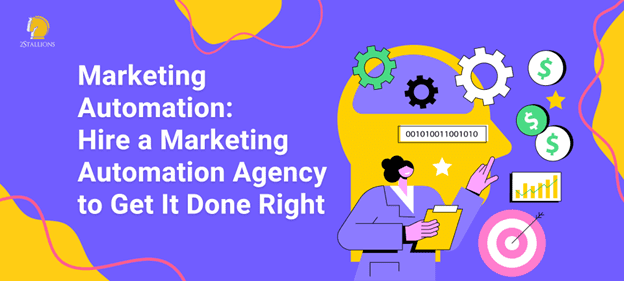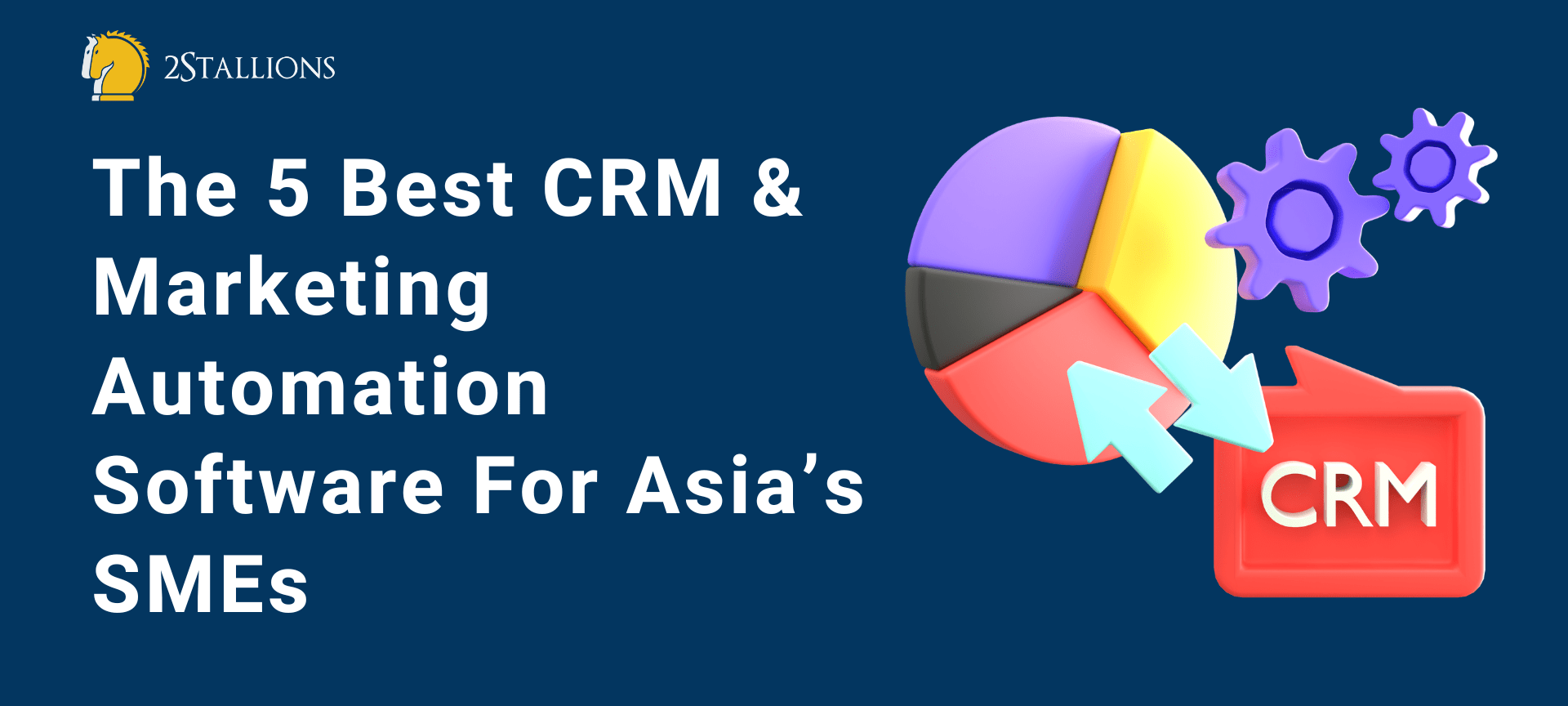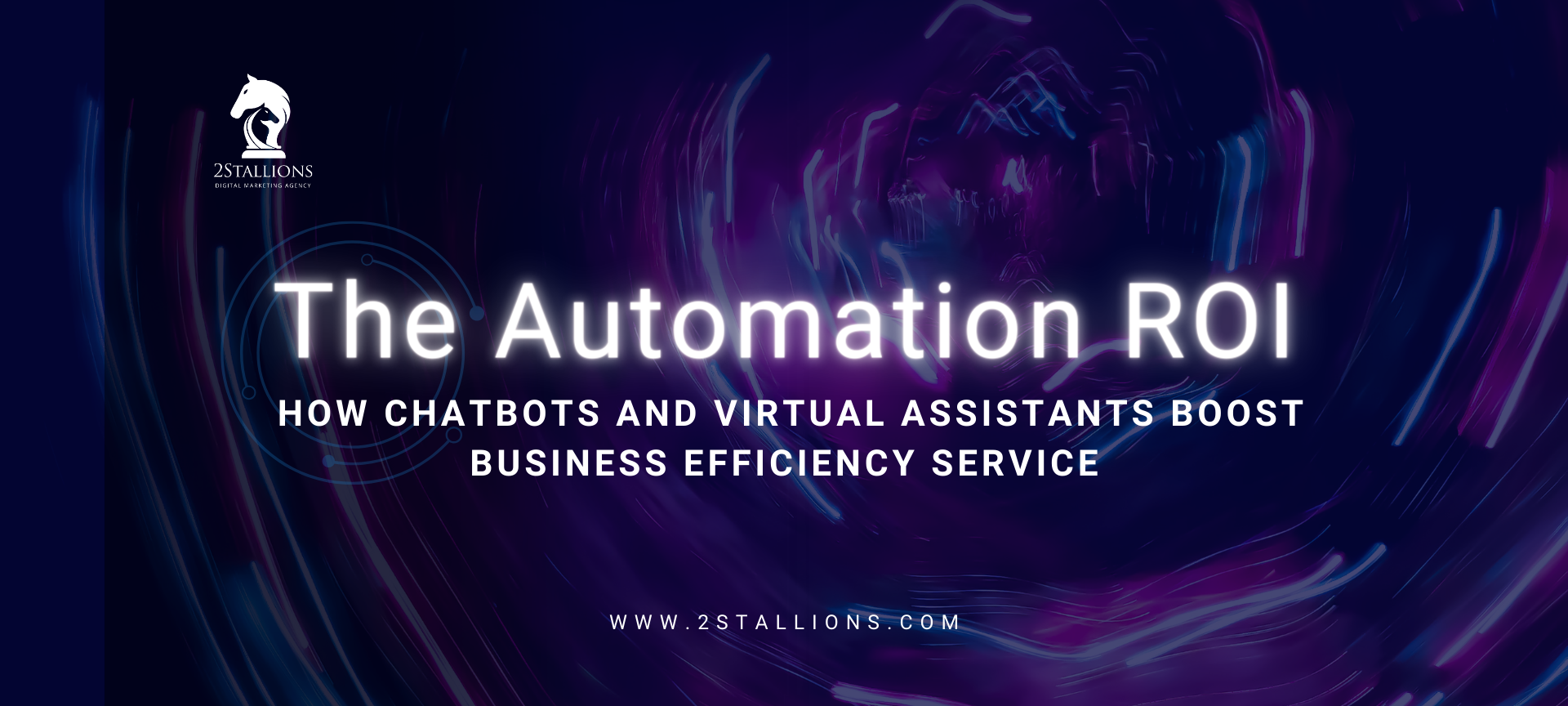Content
SHARE
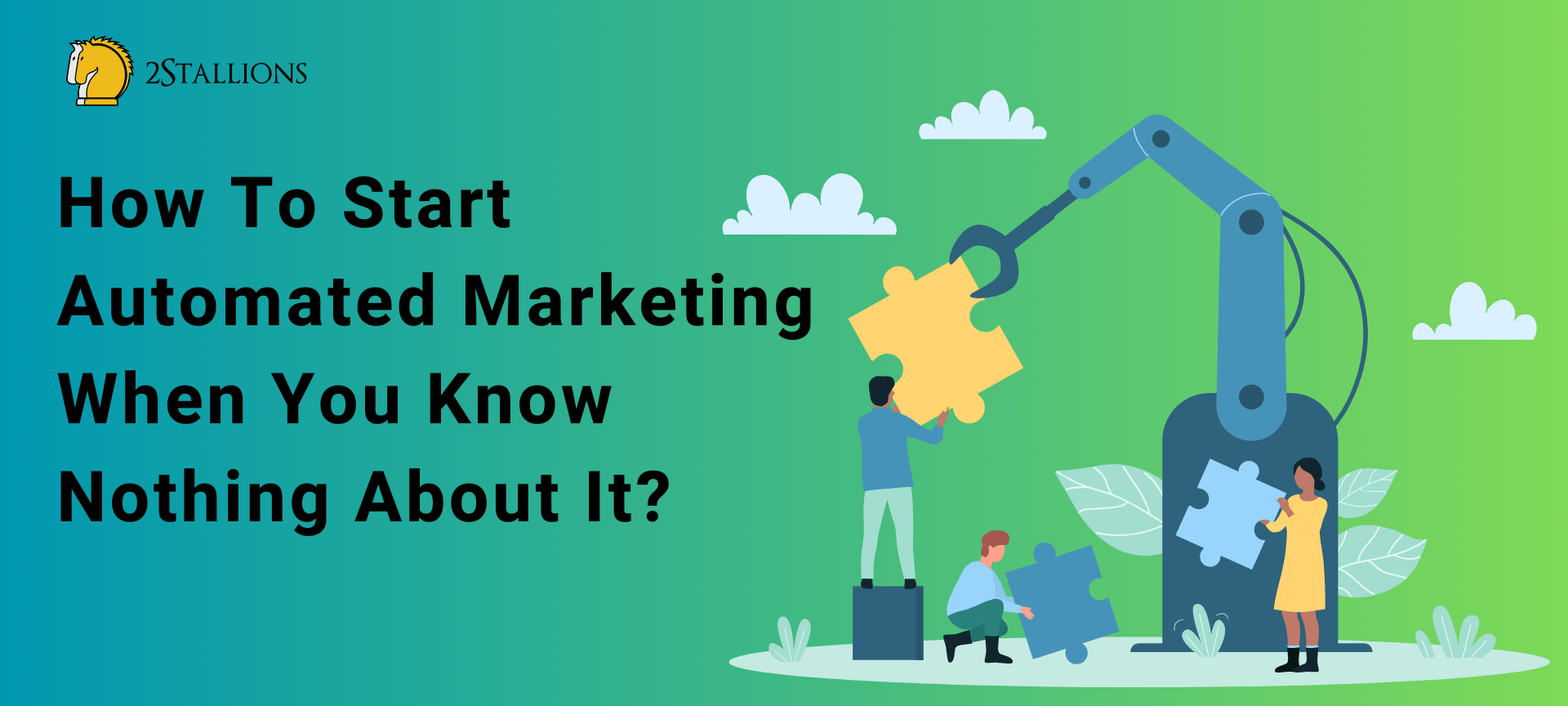
If you’re a beginner in automated marketing and unsure where to start, begin by familiarising yourself with fundamental concepts and tools. Explore user-friendly platforms, attend online tutorials, and gradually implement automation strategies, leveraging your learning experience to streamline marketing processes even with limited initial knowledge.
What is Email Automation
Imagine a world where your emails have superhero powers—knowing precisely what your audience needs, delivering personalised messages, and swooping in at the perfect moment. That world is real, and it’s called email automation!
Personalisation
Email automation is like having your very own virtual pen pal. It allows you to address your subscribers by their names, making them feel seen and appreciated. But it doesn’t stop there. Think of it as the magic wand that lets you recommend products based on their past actions or preferences. It’s personalisation that goes beyond just the first name—your emails become a tailored experience for each reader.
[thrive_leads id=’8271′]
Triggered Emails
Have you failed to send the correct email when your audience is ready to engage? With email automation, you can never go wrong! Set triggers based on user actions. Did someone sign up for your newsletter? Welcome email, activated! Did a customer make a purchase? Thank you for your email. Deployed! It’s all about impeccable timing; email automation is your trusty timekeeper.
Drip campaigns
Let’s discuss drip campaigns—the secret sauce of keeping your audience hooked. Imagine sending emails that guide your subscribers through a journey with your brand. It’s not just about one email; it’s about creating a narrative that keeps them engaged, informed, and excited to take the next step. Drip campaigns turn your emails into captivating stories, unfolding one message at a time.
A/B Testing
In email automation, A/B testing is like the mad scientist’s lab of marketing brilliance! You get to play the wizard, sending different email versions to a particular group within your audience. It’s not just testing but an email showdown! As the data rolls in, you’re the detective, figuring out what makes your audience do the happy dance in their inbox. So, if you’re up for an email adventure, dive into the A/B testing extravaganza, where every click brings you one step closer to marketing genius!
Time-Saving Benefits
Okay, it’s not time travel, but it’s close enough! Could you schedule your emails in advance and focus on other important tasks? Well, email automation lets you do just that. Plan your campaigns, set the schedule, and relax, knowing that your emails will land in inboxes at the perfect moment. More time for creativity, less stress about hitting the ‘send’ button.
Analytics and Reporting
You don’t need to be a data wizard to know how your campaigns perform. Email automation tools have built-in analytics, offering insights into open rates, click-throughs, and conversions. It’s like having a personal data assistant serve the results on a silver platter. Analyse, refine, and repeat—the cycle of continuous improvement.
Email automation is not just about emails. It’s about creating connections, fostering engagement, and transforming marketing efforts into a dynamic, personalised experience. Ready to embrace the future of marketing? The doors are open, and email automation is your VIP ticket to success!
Marketing Automation Platforms
The world of Marketing Automation Platforms – where tech-savvy tools make your marketing efforts click and tick seamlessly! These platforms are like your personal assistants, streamlining tasks and boosting efficiency in the dynamic landscape of digital marketing.
Mailchimp
First in the lineup is Mailchimp – a user-friendly platform that simplifies email automation. With a clean interface and intuitive features, Mailchimp is your reliable companion, catering to marketers of all levels. Craft engaging emails, manage campaigns effortlessly, and build connections with your audience.
HubSpot
Next up is HubSpot – an all-in-one marketing automation solution that seamlessly blends email, social media, and customer relationship management (CRM). It’s the multitasker you need to navigate the complexities of modern marketing. HubSpot empowers you to create personalised experiences, nurture leads, and easily navigate the customer journey.
ActiveCampaign
Let’s spotlight ActiveCampaign – a dynamic performer that elevates automation. This platform effortlessly handles email marketing, automation, sales automation, and CRM. With robust features, ActiveCampaign enables you to send targeted messages, automate follow-ups, and engage your audience strategically.
Marketo
The sophisticated conductor in your marketing orchestra. As part of Adobe, Marketo offers a robust suite of tools for marketing automation and account-based marketing. It’s a comprehensive solution that allows you to create strategic campaigns, analyse data effectively, and deliver personalised experiences tailored to your audience.
Salesforce Marketing Cloud
Last, there’s Salesforce Marketing Cloud – the heavyweight champion of enterprise-level marketing automation. It’s a platform and a comprehensive tool suite that empowers businesses to manage customer journeys, analyse data, and deliver personalised experiences at scale. With Salesforce Marketing Cloud, you’re running campaigns and orchestrating a marketing transformation.
These Marketing Automation Platforms are the unsung heroes of your marketing strategy, providing the tools and technology to turn your ideas into impactful campaigns. Whether you’re seeking simplicity, versatility, innovation, or enterprise-level power, there’s a platform ready to enhance your marketing efforts and propel your business forward.
Marketing Automation Strategies
Marketing Automation Platforms are your digital powerhouse, providing a toolkit to streamline, automate, and elevate your marketing game. Craft personalised experiences, orchestrate seamless workflows, and navigate lead nurturing intricacies effortlessly. Join us on a journey exploring practical examples showcasing the prowess of these platforms, propelling your marketing initiatives to new heights.
Welcome Series for New Subscribers:
Example: Imagine someone just subscribed to your newsletter. Instead of a generic “Welcome” email, a Marketing Automation Platform can trigger emails over some time. The first email welcomes the new subscriber, the second introduces them to your essential products or services, and the third provides a unique discount code as a thank-you gesture.
How to Use: Set up an automation workflow that triggers the welcome series when someone subscribes. Define the timing between each email, personalise the content, and watch as your new subscribers are nurtured through a tailored introduction to your brand.
Abandoned Cart Recovery:
Example: A potential customer adds items to their online shopping cart but leaves your website without completing the purchase. With marketing automation, you can automatically send a series of reminder emails. The first email could be a friendly reminder, the second might offer an incentive (like free shipping or a discount), and the third could highlight the limited availability of the selected items.
How to Use: Create an automation workflow that triggers when customers abandon their cart. Set up emails to be sent at specific intervals, enticing them to return and complete their purchase. The platform can even track whether the customer returns and tailor subsequent communications accordingly.
Lead Scoring and Segmentation:
Example: You have a list of leads, but not all are at the same stage in the buying journey. A Marketing Automation Platform can assign scores based on actions like opening emails, visiting your website, or downloading resources. Leads with higher scores can be segmented into a “hot leads” category and receive more targeted, sales-focused content.
How to Use: Implement lead scoring rules within your platform. Define point values for various actions and set thresholds for different lead categories. As leads interact with your content, the platform automatically scores and segments them, allowing you to tailor your marketing efforts based on their engagement level.
Social Media Engagement Automation:
Example: Your audience engages with your content on social media. With marketing automation, you can set up triggers to send personalised follow-up emails to those who liked, commented, or shared your posts. These emails could contain exclusive content, promotions, or invitations to join a webinar.
How to Use: Connect your social media accounts to your Marketing Automation Platform. Set up automation rules to monitor engagement and trigger emails based on specific interactions. This ensures your social media engagement integrates seamlessly with your broader marketing strategy.
Educational Email Series:
Example: A drip campaign can educate your audience over time if you offer a complex product or service. For instance, a software company might send emails explaining different features, best practices, and case studies.
How to Use: Develop a drip campaign with educational emails. Space them out to avoid overwhelming recipients and use automation triggers to start the series when a lead expresses interest or signs up for specific resources. This educates your audience and keeps your brand at the top of your mind.
These examples illustrate the versatility of Marketing Automation Platforms in nurturing leads, increasing engagement, and optimising the customer journey. Whether you’re a small business owner or part of a large marketing team, tailoring these examples to your specific goals and audience can significantly enhance the impact of your marketing efforts. Remember, the key is leveraging the platform’s capabilities to automate repetitive tasks, deliver personalised content, and drive meaningful interactions with your audience.
Examples Of Marketing Automation
Let’s explore the fascinating marketing automation world through real-world examples showcasing its versatility and impact across various industries.
Re-engagement Campaigns:
For businesses with a subscriber or customer base, re-engagement campaigns are a fantastic use of marketing automation. Automated emails can be triggered to rekindle their interest if individuals have been inactive or last interacted with your brand a while ago. Special offers, updates, or exclusive content can be included to entice them back into the fold.
Birthday and Anniversary Celebrations:
Showcasing a personal touch, marketing automation can be utilised to celebrate customers’ birthdays or anniversaries with your brand. Automated emails or messages with personalised greetings and special offers create a positive and memorable experience, fostering customer loyalty and connection.
Social Media Posting:
Beyond emails, marketing automation extends its reach to social media. Platforms like Hootsuite or Buffer allow businesses to schedule and automate social media posts, ensuring a consistent online presence. This saves time and allows for strategic planning and optimisation of social media content.
Dynamic Website Content:
Imagine tailoring your website content based on visitors’ preferences or behaviour. Marketing Automation Platforms can enable dynamic content changes on your website, presenting personalised offerings or recommendations. This level of customisation enhances user experience and increases the likelihood of conversion.
Customer Loyalty Programs:
Marketing automation can elevate loyalty programs for businesses focused on customer retention. Automated communications, such as personalised reward notifications, exclusive offers, or tier advancements, keep customers engaged and motivated to continue their relationship with the brand.
Referral Programs:
Encourage word-of-mouth marketing with automated referral programs. When customers make a purchase, an automated email can invite them to refer friends in exchange for discounts or other incentives. This turns satisfied customers into brand advocates, driving new business through organic referrals.
Feedback and Survey Requests:
After a customer makes a purchase or interacts with a service, marketing automation can be used to solicit feedback. Automated surveys or feedback requests can be sent, helping businesses gather valuable insights into customer satisfaction and areas for improvement.
In conclusion, venturing into marketing automation unlocks opportunities for businesses to streamline processes, engage audiences, and achieve meaningful results. The examples highlight its diverse applications, from personalised emails to dynamic content strategies. Success begins with choosing the right platform and learning its features, but it thrives through continuous adaptation, data-driven decisions, and a dedication to exceptional customer experiences. Embrace the power of marketing automation as the catalyst propelling your marketing to new heights. Here’s to a future of efficiency, innovation, and unmatched connection with your audience!
Revamp your marketing campaigns with our Marketing Automation. Unleash your brand’s potential and dominate your market with our unique and powerful tools. Launch your success story with us now!
Originally published: 14 February 2018
Updated: 18 December 2023
Frequently Asked Questions about Automated Marketing
How Do I Get Started In Marketing Automation?
Embark on your marketing automation journey by defining goals, choosing a platform that suits your needs, and familiarising yourself with its features. Start small, automate a task or campaign, and expand gradually. Invest time learning best practices through webinars and training sessions, continuously analysing and optimising for better results.
Why Does Marketing Automation Fail?
Marketing automation may need more planning, sufficient data quality, proper audience segmentation, and a lack of ongoing monitoring and optimisation. Success hinges on careful planning, continuous learning, and adapting strategies based on analytics and customer feedback.
What Do You Need To Know About Marketing Automation?
To harness the power of marketing automation, grasp fundamental platform features, understand segmentation, utilise A/B testing for optimisation, and master lead nurturing. Stay informed about industry trends, and continuously refine and expand your strategies for ongoing success.
Does Marketing Automation Work?
Absolutely. When implemented strategically, marketing automation enhances efficiency, improves lead nurturing, and boosts customer engagement. Success is rooted in personalisation, timely communication, and data-driven decision-making. Realistic expectations, proper planning, quality content, and ongoing optimisation are crucial for unlocking the full potential of marketing automation.

